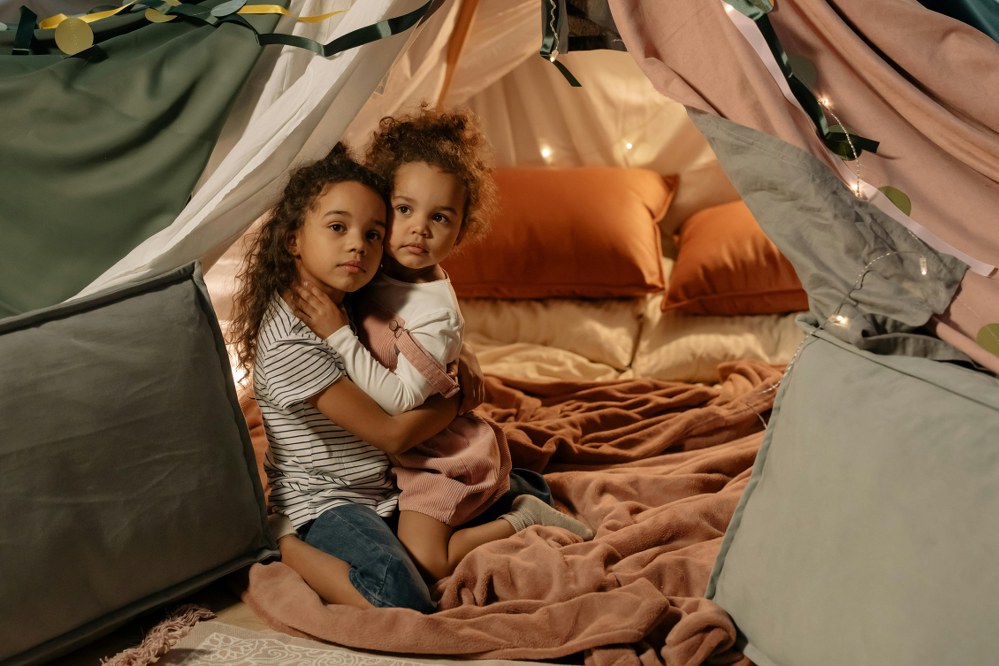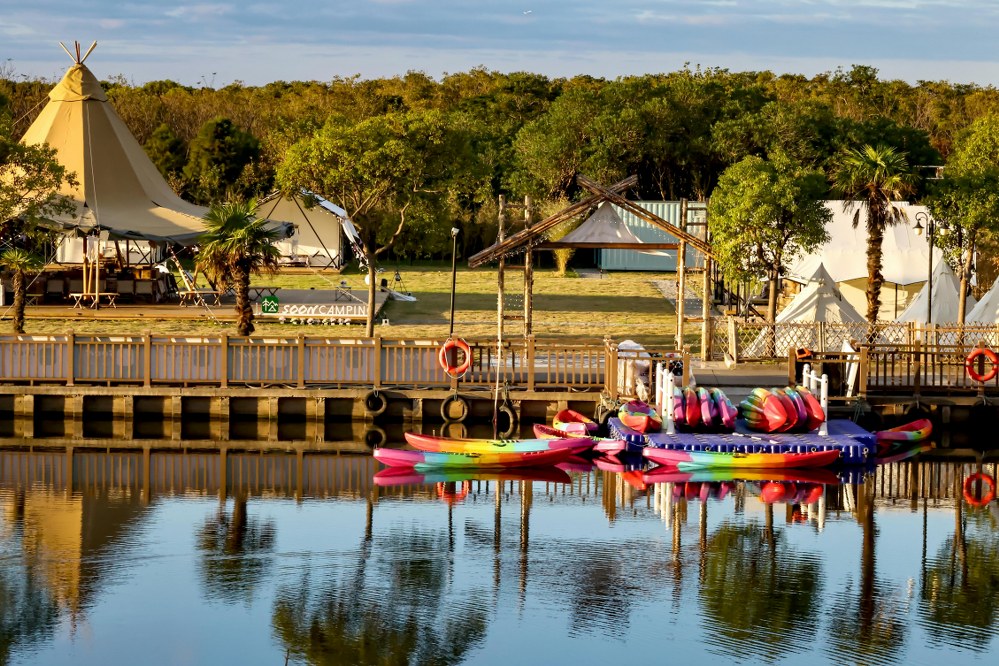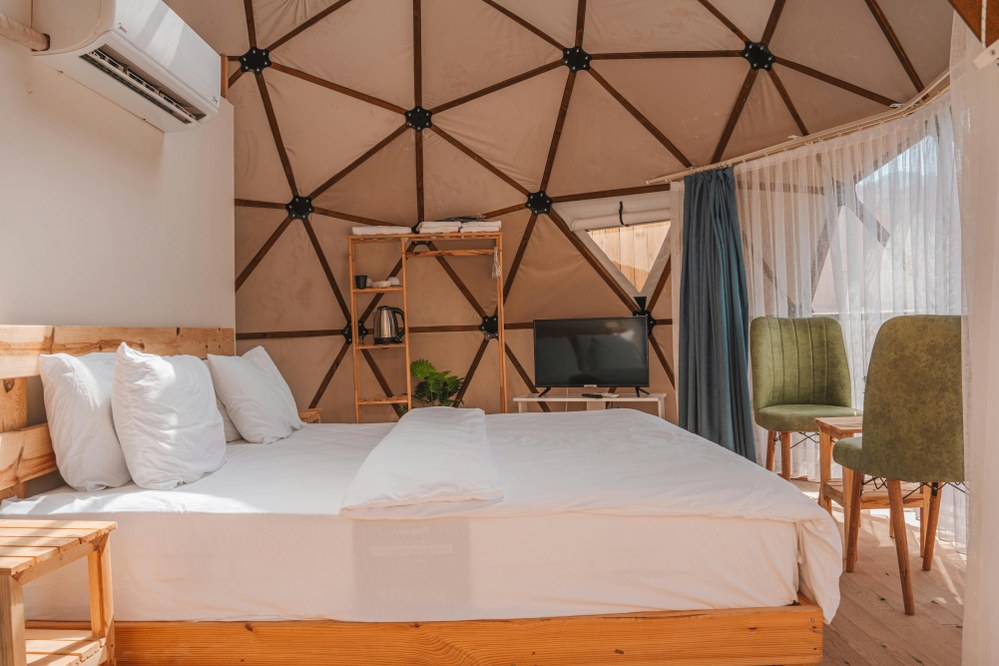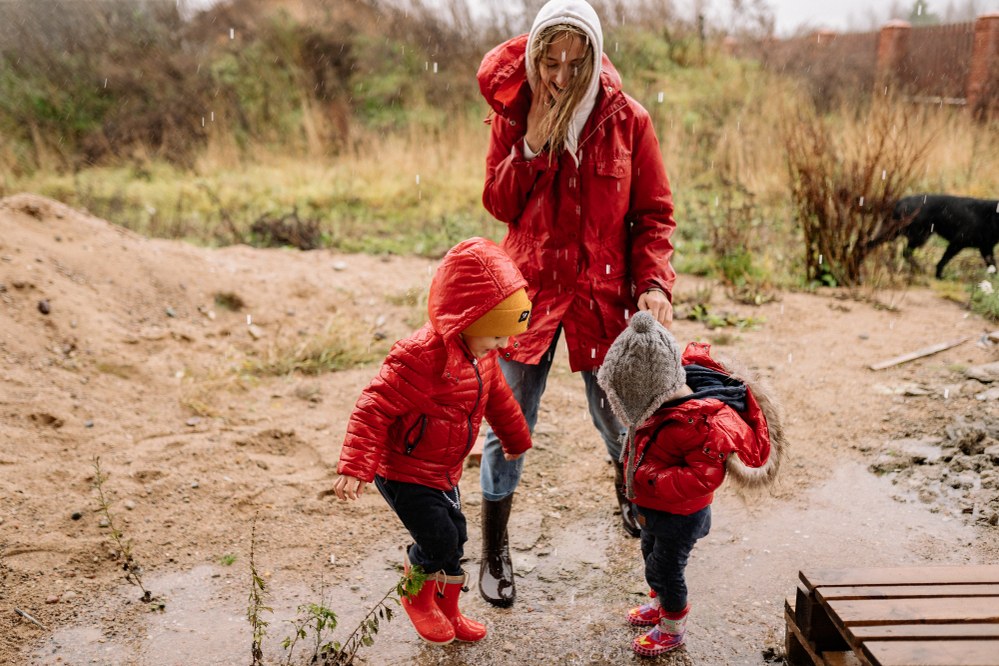Planning a glamping holiday as a single parent is exciting yet comes with unique challenges. The promise of comfort, nature, and adventure can offer both quality time and relaxation. However, making the right choices ensures your getaway remains memorable and stress-free. Here are ten practical tips to consider before booking your next glamping break with children.
1. Research the Glamping site facilities
Not all glamping sites offer the same facilities. Some provide fully equipped kitchens, while others expect guests to bring their own supplies. Read reviews from other parents and pay attention to details about showers, toilets, and on-site dining options. This can make a significant difference when glamping solo with kids, as more comprehensive amenities reduce the amount you need to pack and manage yourself.
Reach out in advance if you need clarification about what’s included. Many sites have websites or brochures listing what’s provided and what’s not. Being well-informed in advance helps avoid surprises and enables you to plan meals, activities, and your packing list more efficiently, giving you more time to enjoy travelling solo with your children.
2. Confirm child-friendly amenities
Double-check if the glamping site has essentials for children, such as cots, highchairs, or play areas. Some venues may have safety features like stair gates, enclosed decks, or soft play zones. It’s also worth asking about activities run on site, such as crafts or treasure hunts, to keep your kids entertained while you set up or relax. Availability of child-friendly extras can add ease and comfort to your stay as a solo parent, ensuring your children are happy and engaged.
If these amenities are not listed online, don’t hesitate to call or email the site in advance. Your child’s age and preferences matter, so be clear about your family’s needs. Proper preparation means you aren’t scrambling to organise entertainment or safety once you’ve arrived, making your single parent glamping break more enjoyable for everyone involved.
3. Pick the right accommodation for your glamping break
Glamping sites offer various forms of accommodation, such as yurts, tents, lodges, pods, and treehouses. Each comes with its own set of advantages and challenges for single parents. Tents usually have less sound insulation, while cabins or huts often provide more privacy and better weather protection. Consider the sleeping arrangements, the security of doors and windows, and the ease of accessing bathrooms, particularly for night-time trips with small children.
Think about your child’s preferences and routines. Some kids love the novelty of sleeping in a tent, while others might feel more comfortable (and sleep better) in a cabin. Your own comfort is important, too. Make sure you will have adequate space to relax and get a good night’s sleep, as this will help you enjoy quality time together during the day.
4. Check the surrounding area for activities
Location plays a vital role when glamping solo with kids. Several sites are situated near beaches, woodlands, parks, or family attractions. Look into the local area to see what’s available, from walking trails suitable for children to nearby towns with cafes, museums, or cinemas. Having a mix of indoor and outdoor options is useful if the British weather is unpredictable, giving you backup plans when needed.
Don’t forget to consider travel distances and how easy it is to get out and about. A glamping site near a busy road may not be ideal for little wanderers, while locations deep in the countryside could mean longer drives to the nearest shop or emergency services. Aim for a balance between tranquillity and accessibility so you feel confident managing your glamping break solo.
5. Plan your meals in advance
As a single parent, self-catering can be a challenge, particularly if you’re juggling meal preparation and childcare with little ones. Before booking, investigate if the glamping site offers on-site catering, breakfast hampers, or has a shop selling essentials. Otherwise, check where the nearest supermarket, takeaway, or family-friendly pub is located.
Think about easy, nutritious meals you and the children enjoy that don’t require lots of ingredients or equipment. Preparing and packing some staples, like pasta sauces, instant oats, or snack bars, saves you time and energy. Sharing the meal tasks with older kids, even if it’s just setting the table or washing up, can teach them independence and help the whole family work as a team.
6. Pack smart and light
Packing for glamping is different from conventional camping, but space is often still limited. Focus on essentials, layering clothes for unpredictable weather, and bringing waterproofs, sturdy shoes, and enough changes of clothes for possible mud and spills. Roll outfits together to maximise luggage space and use packing cubes or bags to keep things organised.
Don’t forget torchlights, phone chargers, and basic first aid. It may be tempting to bring lots of toys or games, but children often find plenty to do outdoors. Instead, pack a few favourites, a good book, or art supplies for downtime. Reducing excess baggage not only keeps your space tidy but also means easier set-up and pack-down at the end of your stay.
7. Prioritise safety when glamping solo
Safety is a top concern when holidaying alone with children. Review site maps and ask about childproofing measures before you book. If your children are young, look for accommodation set away from water hazards or busy communal areas. Pack a small safety kit, including a whistle, plasters, and insect bite cream.
Ensure your phone stays charged and note down important contact numbers, including the site manager and local emergency services. Some parents also choose to use GPS trackers or wristbands for peace of mind. Rules about staying together and not wandering off should be discussed once you arrive, setting clear boundaries so everyone can safely enjoy their adventure.
8. Prepare for weather changes
British weather is unpredictable, so always plan for sun, rain, and everything in between. Bring waterproof jackets, sun hats, wellies, and layers that can be easily added or removed. Glamping breaks often involve more exposure to the elements, and being ready for all weathers helps avoid discomfort and unhappy children. There are ways to keep warm on camping and glamping breaks even if your accommodation is not heated, so think ahead and check the weather forecast.
A small drying rack or extra towels can be invaluable for soggy shoes or wet clothes. Keeping a pack of cards, colouring books, or travel games in reserve means you have entertainment options, whatever the weather brings. Don’t forget sunscreen and insect repellent, as both are essential items whether you’re in the woods or by the coast.
9. Set realistic expectations
It’s tempting to imagine a perfect holiday, but as a single parent, flexibility is key. Aim to balance activities with downtime so you don’t become exhausted trying to do everything. Involve your children in planning and allow time for spontaneous moments: a walk in the woods, marshmallows by the fire, or simply listening to birdsong can be highlights for everyone.
Let go of the idea that everything must be flawless. Some things might go wrong: the weather may turn, bedtime routines could be disrupted, or activities might need to be adapted. Embracing a sense of adventure and humour helps everyone make great memories, even if the plan changes along the way.
10. Join a single parent group or forum
Connecting with other single parents who love glamping or camping can be reassuring. Ask for recommendations, advice, and honest feedback within dedicated forums or social media groups. Other parents can provide real-world insights into the best sites, what to pack, and how to handle common challenges as a solo traveller with children in tow.
Some online communities also arrange group trips, which can be especially helpful for first timers. Not only will you gain support, but your children can meet new friends, just like they can on single parent group holidays. Sharing your questions and tips can boost your confidence, leading to a more enjoyable and relaxed glamping holiday with your family.


